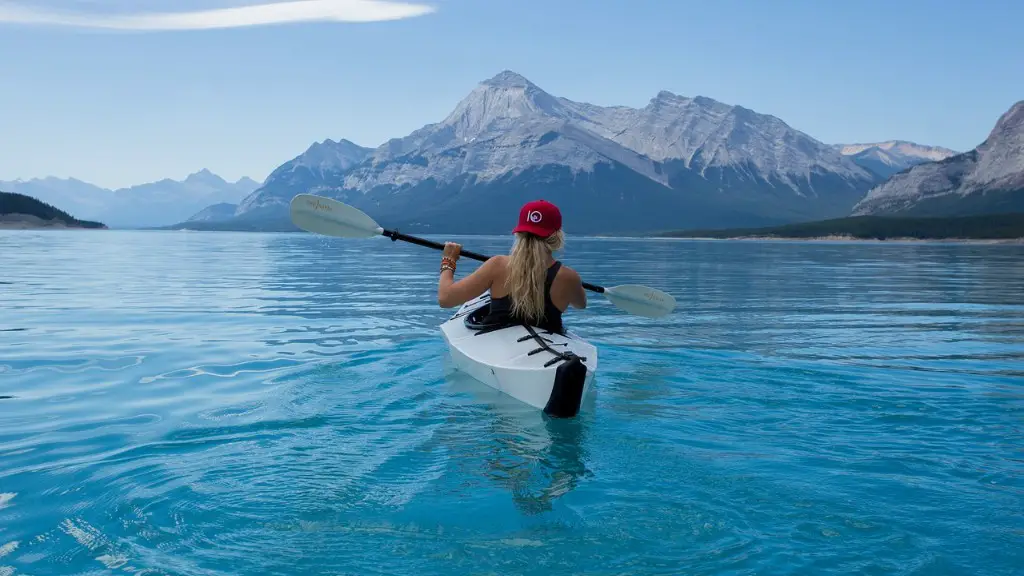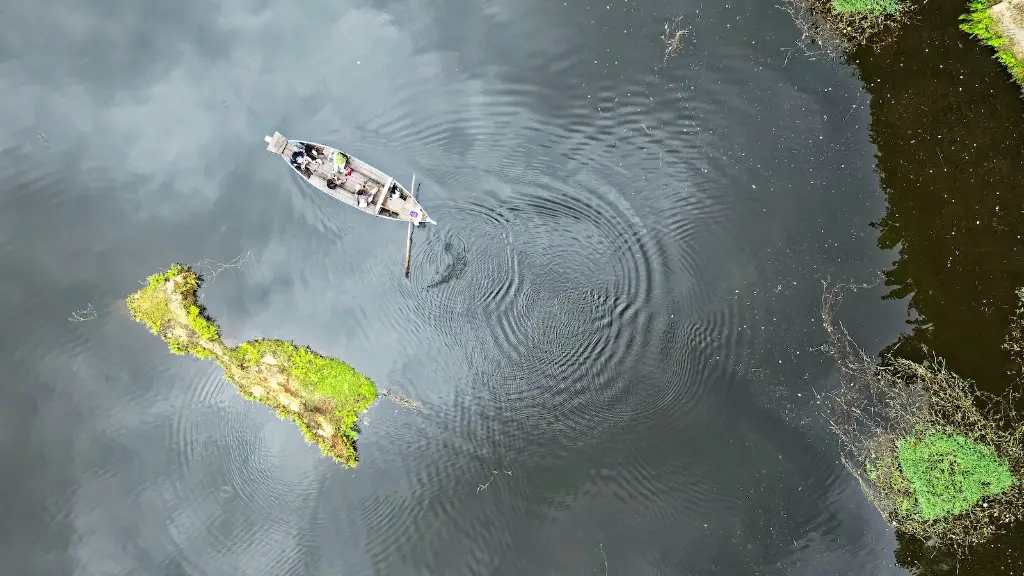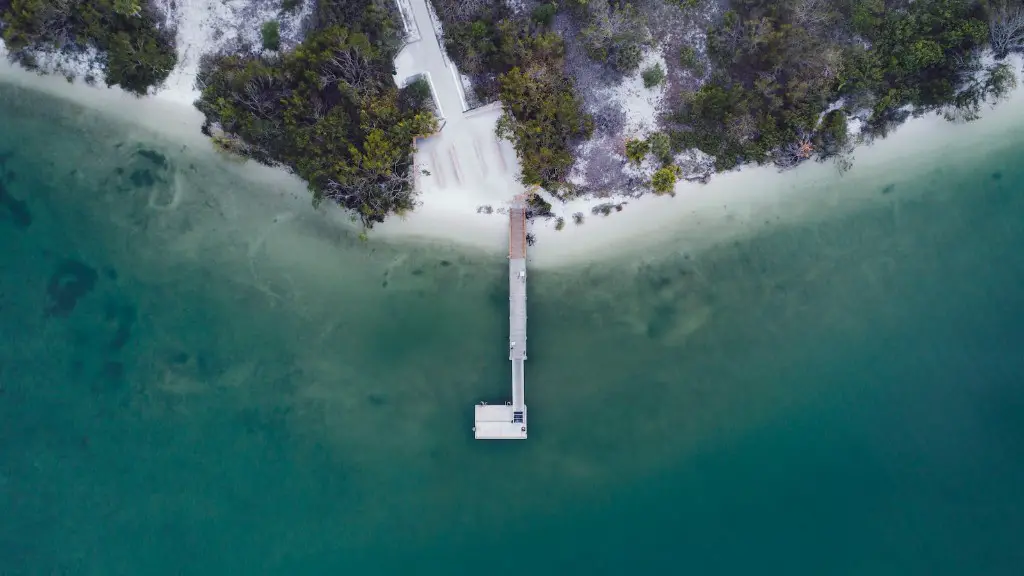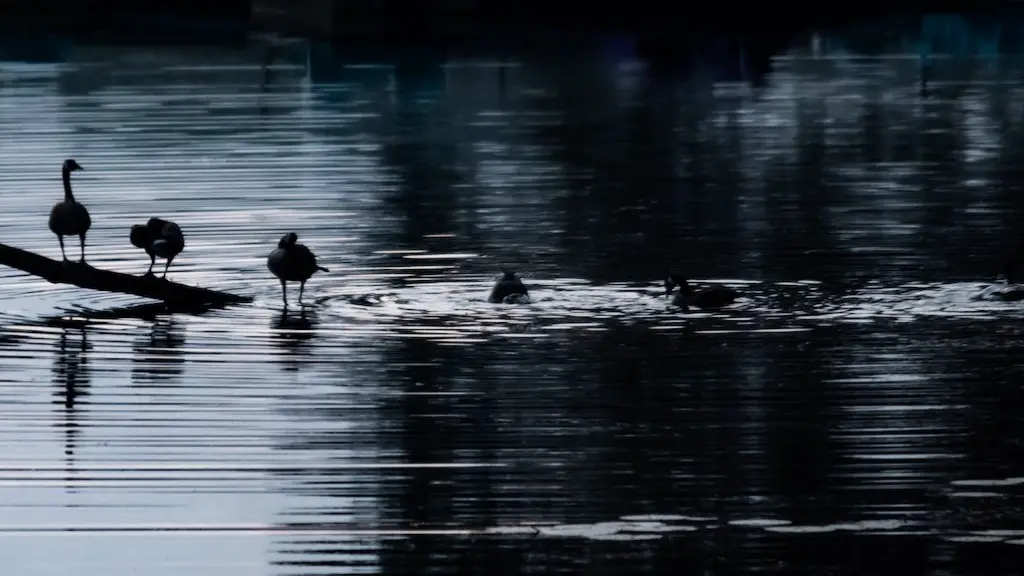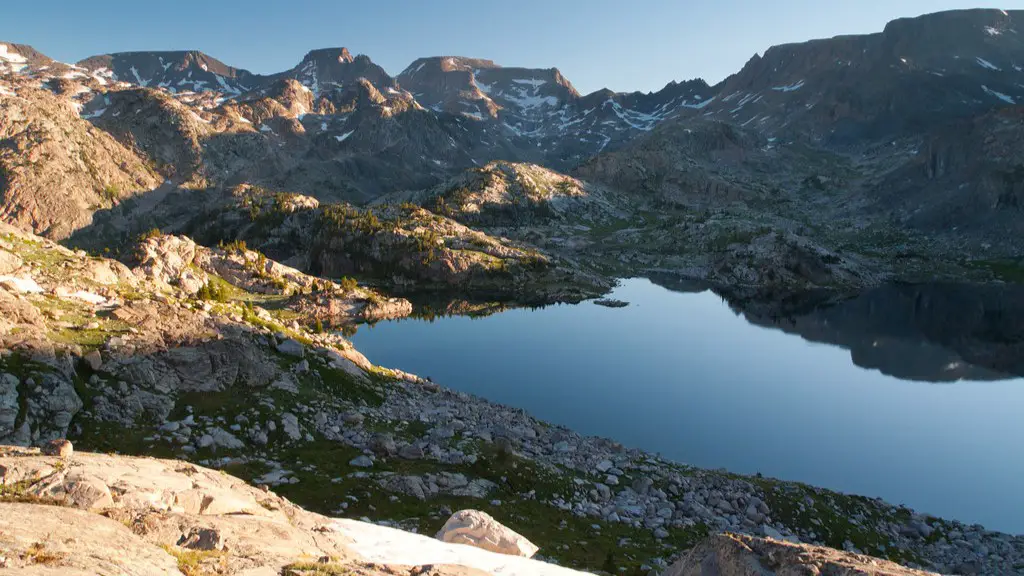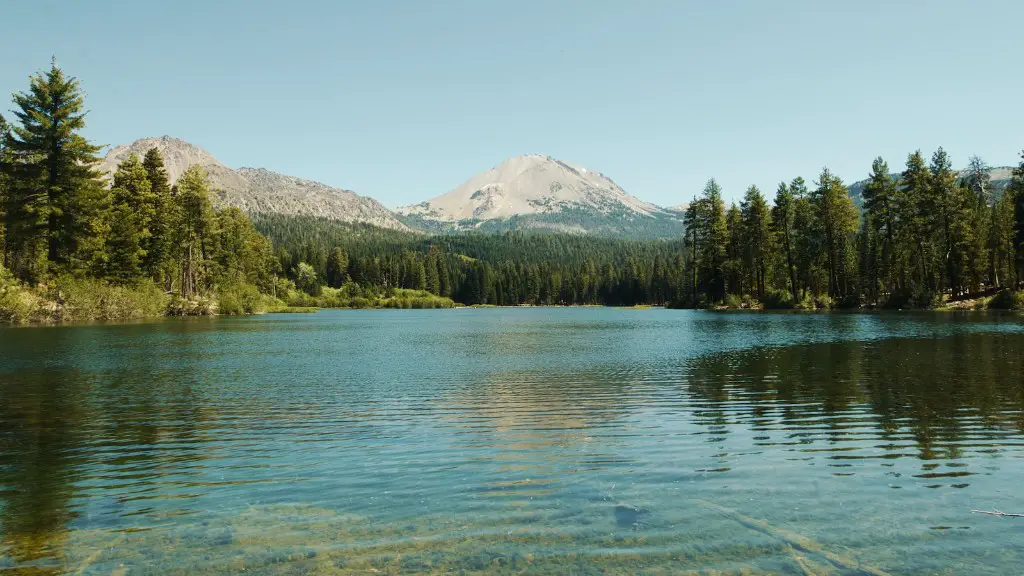Situated on the northernmost tier of the Great Lakes system, Lake Superior is the largest, deepest and most beautiful of them all. Spanning nearly 82,100 square miles, it’s the largest inland freshwater lake in the world by surface area. It holds roughly 3 quadrillion gallons of water — so much that it could cover the entire land mass of North America in 1 foot of water. It’s so big that it creates its own weather patterns.
Lake Superior’s unusual size and shape are due to its particular location in the middle of the northern edge of the continent of North America. The lake’s drainage basin is further affected by weather coming off the North American Great Plains. Lake Superior’s formation was due to some of the ancient tectonic plate interactions that shaped much of the Earth’s landscape.
A large majority of the surface of Lake Superior is composed of different kinds of hard quartz, from which much of the silt in the lake is created. The waters of Lake Superior are relatively pure, due to the high oxygen content and low resilience to pollution. The lake is regularly tested for water quality and pollution levels, though these tests ultimately conclude that the lake is in excellent ecological health.
The shores of Lake Superior are an array of rocky cliffs and sandy beaches, with some stretches spanning nearly 100 miles. Along the shoreline, there are a variety of plant and animal species, such as moose, wolves and bears, many of which are protected by the Lake Superior National Marine Conservation Area.
The lake offers spectacular opportunities for outdoor activity, like fishing, swimming, surfing, sailing, and kayaking. Visitors to Lake Superior can also enjoy camping at several state and national parks and take in the sights of towering 100-foot tall waterfalls. Relaxing boat cruises are a popular way to take in the beauty of this massive body of water.
Lake Superior has a reputation as a “mariner’s nightmare” due to its unpredictable waves, unpredictable storms, and sometimes foggy days. Because it is so far north and remote, it often is subject to intense storms and winds that occur in the late summer and fall. The conditions of the lake can change quickly, and make it difficult to spot specific landmarks, making navigation extremely tricky.
The Economy of Lake Superior
Lake Superior’s primary economic impact comes from tourism and recreational activities. Visitors travel from all over the country to take advantage of the stunning natural beauty, swimming, boating, fishing, and other activities. Many people also visit its banks and islands to hunt and gather or simply enjoy a peaceful outing.
The mining industry is also an important economic component. Prehistoric peoples mined the abundant copper found on Lake Superior’s shores. And today, copper, nickel, iron, and other important minerals are still mined along its banks. Those minerals are often used in cars, electronics, and other industrial products.
The commercial fishing industry has been taking advantage of the lake’s abundance of fish for generations. Whitefish, walleye, trout, sturgeon, and many other varieties are common catches. Fish caught in Lake Superior are often exported to major cities like Chicago and Minneapolis.
The Huron, Ojibwe, and Sioux also have a significant cultural and economic connection to the lake. The lake serves as a source of food and sustenance, as well as a sustaining source of spiritual rituals and ceremonies. The lake is also home to small, traditional villages that were largely neglected until recent years, when they began to gain recognition and protection from developing industries.
The Eco-System of Lake Superior
Lake Superior’s eco-system is full of vast and diverse wildlife. From shorebirds to deep-dwelling species, the lake contains over 80 species of fish. Cattails and lily pads line the shoreline, providing shelter for a variety of amphibians and small mammals such as beavers, muskrats and mink. Along the lake’s edges there are also large populations of white-tailed deer and moose.
Lawrencium, an element discovered in Lake Superior, is also a highly significant and unique presence in the ecology of the lake. This element is found within the sediment of the lake and has been linked to the long-term cycling of carbon and nitrogen essential to the survival of the plants and animals in the lake.
The lake is also home to 136 invasive species, the majority of which are aquatic, including the round goby, the grass carp, and the ruffe. Humans have played a role in the introduction of some of these species, such as the round goby, into the lake. Other introductions, such as the introduction of the zebra mussel, have had a drastic effect on the lake’s ecosystem.
Though its size and depth can sometimes put mariners in danger, the tangible and intangible benefits of Lake Superior are plentiful and vast. With its diverse array of migratory birds, fish, rocks, and other resources, it offers the opportunity to explore unimaginable wonders that are waiting to be discovered. The largest of the Great Lakes, Lake Superior is an outdoor enthusiast’s paradise.
The Mystique of Lake Superior
Lake Superior is shrouded in a unique and mysterious mystique. One of the largest and most remote Great Lakes, it is also one of the most fascinating. Its fleeting storms and powerful currents appear as if to guard a vast kingdom of secrets and wonders.
The anishinaabe, in their language, named the lake Gitche Gumee — “Great Water” — while author Henry Wadsworth Longfellow gave the lake its romantic moniker “Gitche Gumee, Shine On You Big Sea-water.” The lake’s mystique has been further immortalized in songs, paintings, and literature throughout the centuries, helping it become one of North America’s most beloved natural wonders.
The lake has long held spiritual significance for the native peoples, who have a deep reverence for its memorable landscape. Storms, fogs, and other unusual weather events have become stories of legend, passed from generation to generation along the lake’s eastern and western shores.
The lake has garnered the attention of major film and documentary filmmakers, due in part to its ability to feel both grand and mysterious at once. It’s appeared the backgrounds of a variety of productions, from the Lone Ranger to parts of the Academy Award-winning films Great Outdoors and The Revenant.
Despite its rugged edges, the lake captivates visitors and residents alike. The lake continues to draw visitors hungry for unfettered discovery, to unearth its hidden mysteries and explore the wonders that await.
The Diversity of Lake Superior
Lake Superior is home to a wide variety of plants and wildlife, thanks to its vast size. Over 80 species of fish dwell in the lake’s waters, including the Lake Trout, Walleye, Bass, and Northern Pike. The lake also contains an abundance of amphibians, reptiles, birds, and mammals, including wolves, whitetail deer, black bears, and beavers.
A wide variety of trees, bushes, and grasses can also be found along the lake’s shoreline. Those ecosystems help to filter the lake’s water and provide habitat for the lake’s many species of insects. The lake’s eco-system also contains two endangered species, the Great Lakes Teal Duck and the Piping Plover, which are both closely monitored by environmental organizations.
In addition to its rich and diverse ecosystems, Lake Superior also supports a variety of recreational and commercial activities. Visitors travel from all over to take advantage of its natural beauty, fishing and swimming opportunities, boat cruises, camping, and more. The lake is also an important waterway for freight transportation and its minerals are used for a wide range of industrial applications.
Lake Superior is one of North America’s most majestic and beloved natural wonders, with its beauty and mystique that hold many a secret. From its rocky shorelines to its rich eco-system and diversity of activities, the lake’s many offerings hold something to be cherished and explored by all.
